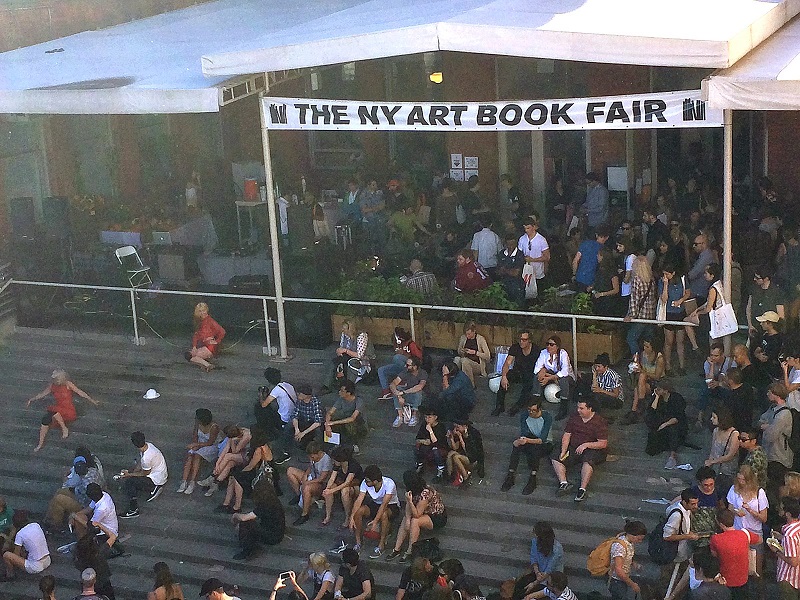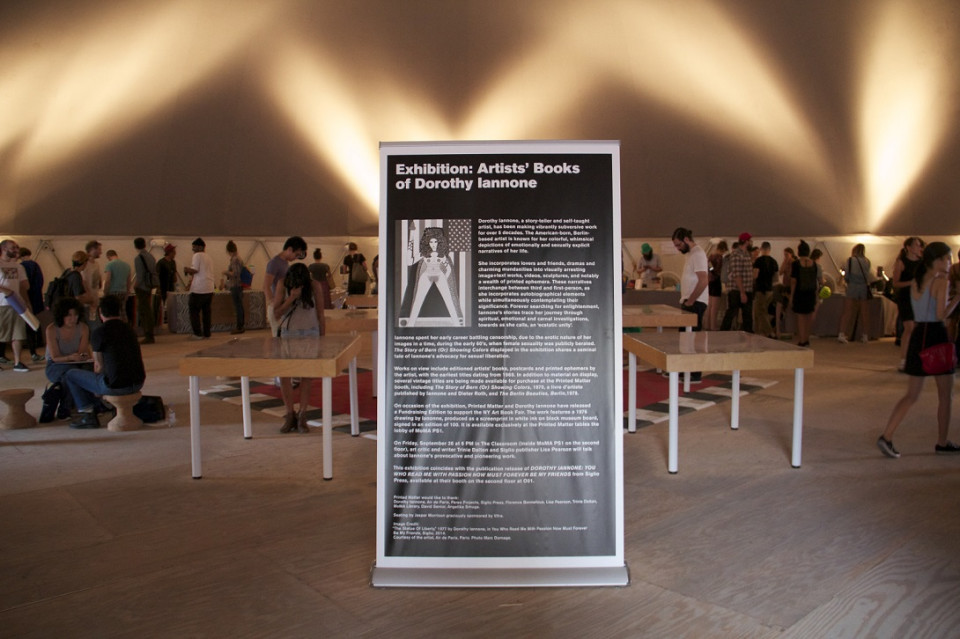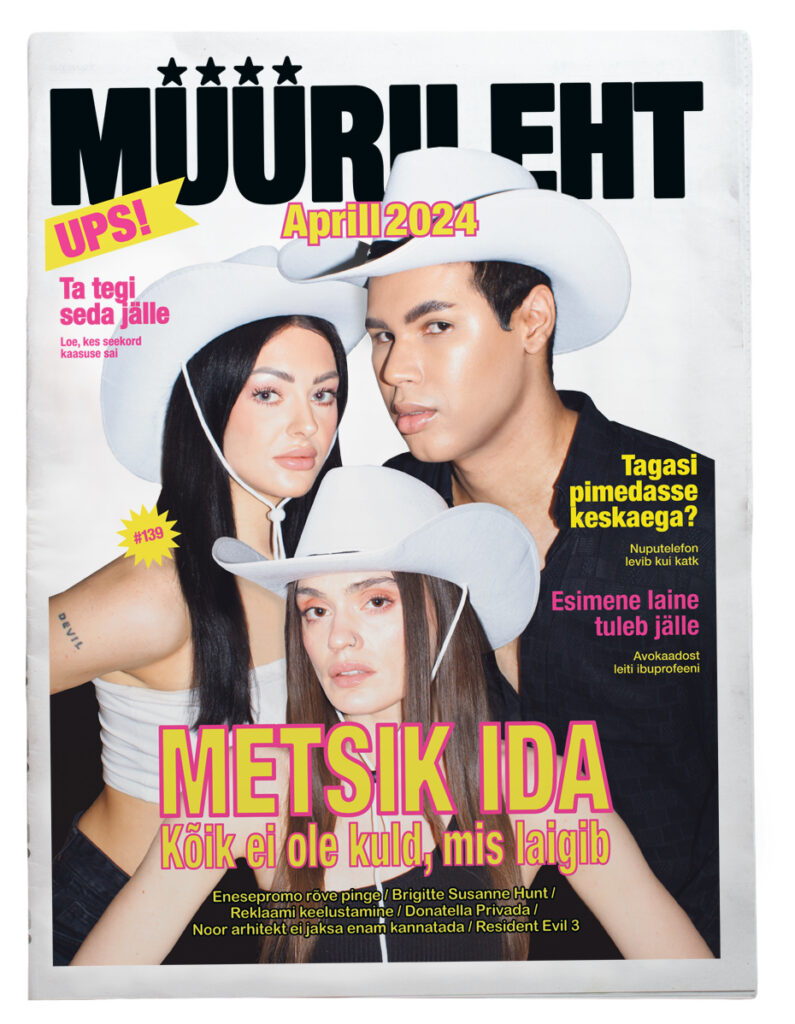Fairs, masses, artist books and politics in New York and elsewhere
Lugemisaeg 9 minFrom September 26 to 28 Printed Matter, Inc held the ninth annual NY Art Book Fair at MoMA PS1 in Long Island City, Queens. Printed Matter is an independent bookstore and arts space that was founded in 1976 by a group of radical artists and art critics. The organizers believe that Printed Matter is a mini version of the fair and vice versa. They stand for the alternative in publishing and arts by promoting independent presses, booksellers, publishers and artists with the exposition platform. After the fair I talked with the curator Shannon Michael Cane about the organization of the event and with the Executive Director of Printed Matter, Inc. Max Schumann about books.

How do you find and approach the publishers?
Shannon Michael Cane: We have an application process. This year we had 362 exhibitors and over 800 applications. Big part of our job is to sit down and figure out who and why should they come to the fair.
Why should they come?
For all sorts of different reasons. I can’t give you the secrets because you could take my job away from me. The book fair is an extension of what we do at the store. It is the same as to why the books get into the store. We look at the book and ask, is this book an artist book? What does it bring to the world of publishing? Do we feel that this is a good example of independent publishing? Would we sell it? Is it an interesting art?
Has the fair become more international in the past few years?
Yeah, every year there are more exhibitors. This was our ninth year. We are trying to keep a lot of our old existing exhibitors but also try to squeeze in some new people. We travel around, got to other fairs and find new exhibitors. This year I invited couple of people I follow on Instagram. It is about keeping a balance between new and old people.
LA Art Book Fair is new, isn’t it?
Yes, we have done two fairs there now. We just opened the application round for the fair in 2015.
Why do you do it – have a book fair over here and over there?
Because America is a really big country. California is very close to Mexico City, and we can get more publishers from Mexico City and South America. Also, a lot of the publishers and artists don’t have money. It is easier for people from New Zealand or Asia to come to California than to New York. There is a booming art and publishing scene in LA.
Why MoMA PS1? Isn’t it too small for the fair?
We have looked at bigger spaces. Personally, PS1 is one of my favorite museum spaces in New York City. Also, I like the fact that it is a kind of a bastard child of MoMA. It is an old school building on Long Island City.
This year it felt that the fair was a little cramped. However, we are a not-for-profit free event. We are not about to take it to the Javits Center and turn it into “sponsored by Google”. For the moment PS1 is where we stay. At LA we have more space but this is because it is California. This is the difference between East Coast and West Coast.
How do you divide the spaces between different publishers?
The “zine booth” outside is the cheapest, $150. That is one of the most requested booths. It is young people who want to have a “zine table”. The next level is people who are running presses which fall between “zines” and proper publishers. The main building is made up of artist book publishers. This year we had a Norwegian focus room. Downstairs we had antiquarian and photography sections; on the top floor is what we call young publishers. We also get galleries who are applying for the spaces because they publish catalogues and artist books.

How did the Dorothy Iannone exhibit come about?
Jordan (coordinator of the fair Jordan Nassar – S.N.) is a really big fan, and by chance he saw an exhibition with her books. We hadn’t realized that Dorothy had such a history in artist bookmaking. Dorothy was around in the 70s when a more conceptual kind of artist book was happening. Now everyone is focused on her drawings and paintings but there is a whole section of her work that hasn’t been displayed yet.
Were there more exhibitions than usual?
Every year we get people pitching to us, saying that they have this body of work they want to show. But there is also another aspect. For example, small press called Boo-Hooray on Canal Street can do an exhibition at their space, and it can be up for a month but not everyone knows them. When Boo-Hooray has an exhibit at the NY Art Book Fair for three days, they are exposed to 36 000 people. At the book fair you can spend three days and see seven exhibitions, four lectures, 362 exhibitors from 28 countries all at one place.
